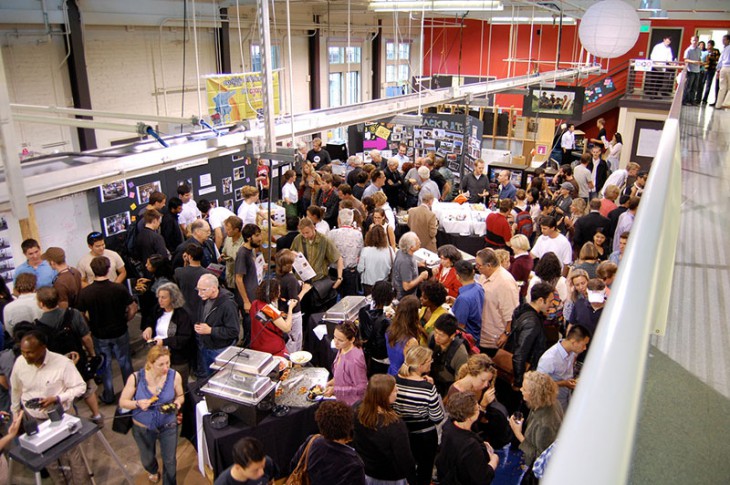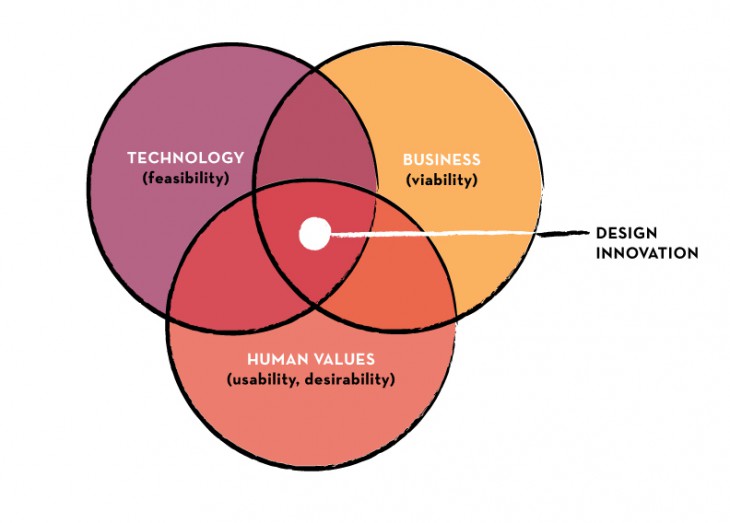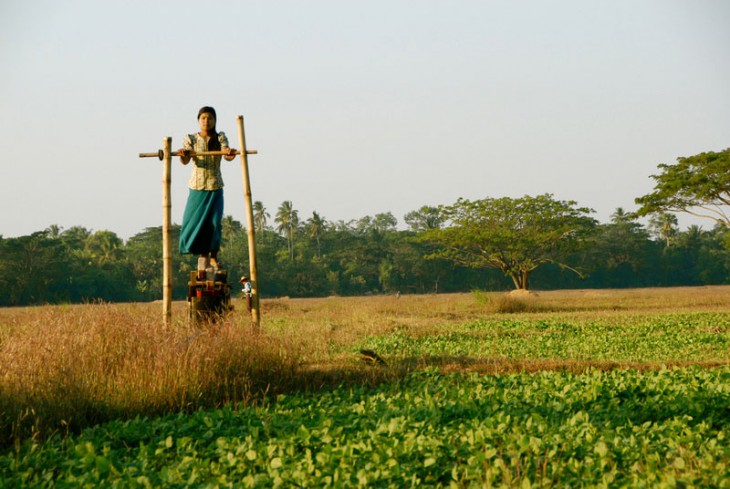The d.school is a hub for innovators at Stanford. Students and faculty in engineering, medicine, business, law, the humanities, sciences, and education find their way here to take on the world’s messy problems together. Human values are at the heart of our collaborative approach. We focus on creating spectacularly transformative learning experiences. Along the way, our students develop a process for producing creative solutions to even the most complex challenges they tackle. This is the core of what we do.
In a time when there is hunger for innovation everywhere, we think our primary responsibility is to help prepare a generation of students to rise with the challenges of our times. We define what it means to be a d.school student broadly, and we support “students” of design thinking who range from kindergarteners to senior executives. Our deliberate mash-up of industry, academia and the big world beyond campus is a key to our continuing evolution.





